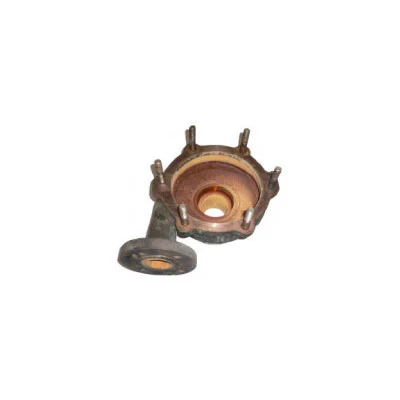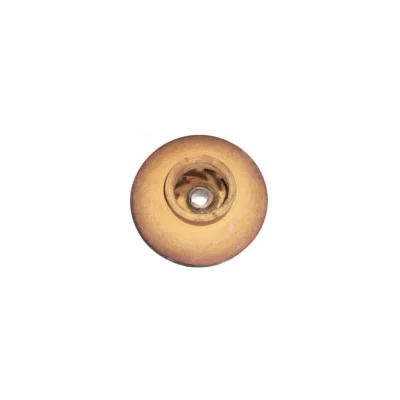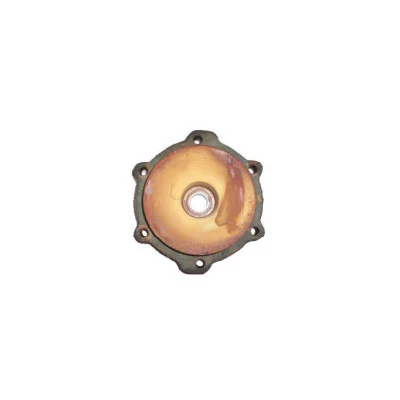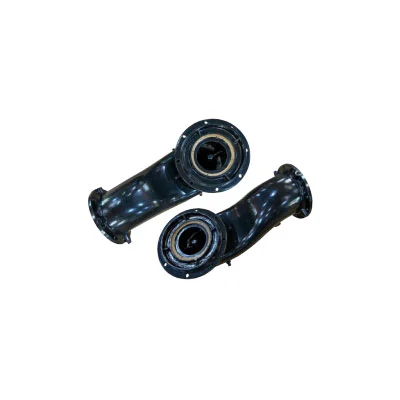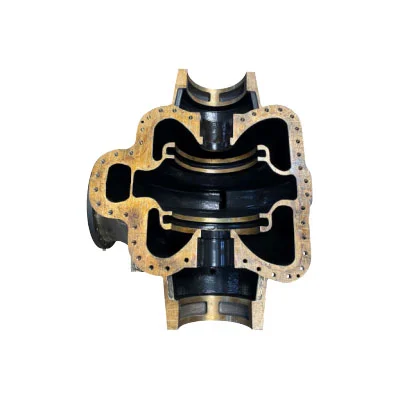Brief Introduction to Antirust Material Spray Painting Technology
1. Excellent adhesion between the coating and the metal substrate.
2. Wide applicable temperature range.
3. Good cathodic disbondment resistance, free of the "cathode screening" effect.
4. Stable electrical insulation to reduce cathodic protection current.
5. Resistant to chemical media corrosion, with good resistance to Cl⁻.
6. Similar thermal expansion coefficients of the coating and the steel structure, with good resistance to thermal changes.
7. The coating is easy to repair.
1. Peak performance of the KsF series coatings: bond strength 100MPa, impact strength > 23J, anti - penetration property at 60℃ (within one year) with the coating resistance remaining constant.
2. Long - distance pipelines can be coated both inside and outside simultaneously, with performance meeting the national anti - corrosion coating standards for fusion - bonded epoxy powder coatings or SY/T0315 - 97 Technical Standard of Fusion Bond Epoxy Coating for Steel Pipeline.
3. Bends of long - distance pipelines can be coated both inside and outside simultaneously, with performance meeting the national anti - corrosion coating standards for fusion - bonded epoxy powder coatings or Q/Fs. J02. 15 - 1996 enterprise standard.
4. The drag - reduction coating performance for long - distance pipelines meets the US standard APIRP5L2.
5. The field joint coating performance for long - distance pipelines meets the national anti - corrosion coating standards for fusion - bonded epoxy powder coatings.
1. Products for severe corrosion protection, such as high - efficiency corrosion - resistant pumps, wear - resistant pumps, high - efficiency corrosion - resistant fans, corrosion - resistant valves, corrosion - resistant bellows compensators, and seawater filters.
2. Severe corrosion protection for long - distance pipelines of oil, gas, and water.
3. Severe corrosion protection for metal process pipelines of acids, alkalis, and salts.
4. Severe corrosion protection for equipment and structural parts in the chemical engineering and energy industries.
5. Severe corrosion protection for materials in ocean engineering.
1. Qinshan Nuclear Power Station
Primary loop seawater pump: 20SHF - 19 seawater pump, flow rate 1400m³/h, head 23m, speed 978r/min, 4 sets.
Seawater booster pump: 14SH - 90 - 19 seawater pump, speed 1450r/min, 3 sets.
Underground seawater pipeline: 4 φ1400 pipelines, about 30m.
Bellows expansion joint: 8 units, φ1400×1. 2m.
Seawater cooling pipe in the steam turbine building: seawater booster pump outlet pipe φ600×12m and tees, tee joints of φ325 - φ525mm, totally 260m.
2. Shenyang Automation Research Institute, Chinese Academy of Sciences
Key parts of the underwater robot developed by the institute, such as underwater motors, underwater manipulator oil cylinders, and underwater tools, adopted the special KsF coating technology and were successfully used on Nanhai drilling platform Exploration 3 of China West Petroleum Company.
Effect of KsF spray - painting anticorrosion technology on marine pumps
Two 50cL - 30 marine vertical centrifugal pumps were used for the contrast test. The base material of their main parts was the same (cast silicon brass, ZCuZn16Si4). One pump's body, cover, impeller, and gland were treated with KsF severe - corrosion - protection spraying (average coating thickness 0. 45mm), and the other was not. The test medium was simulated seawater (11. 62kg sea salt added to 0. 33m³ fresh water, weight ratio 3. 52%). The unpainted pump started the test on September 14, 2004, and the painted one on October 14, 2004, with continuous 24 - hour operation required.
The two pumps were disassembled for the first check on December 2, 2004, reassembled, and continued the test. On March 7, 2005, military representatives from the Navy's ship - supporting military representative office in Guangzhou were invited for the second disassembly check. By then, the unpainted pump had run for 4000h and the painted one for 3380h. The inspection results were as follows:
1. No mechanical seal leakage, abnormal vibration, or noise occurred during the operation of the two pumps.
2. The impeller rings and seal rings of the two pumps had slight normal wear.
3. The rubbing surfaces of the mechanical seals of the two pumps had normal wear.
4. The coating surface of the painted pump's body, cover, impeller, and gland was smooth and intact, with no seawater corrosion, coating wear, or peeling. In contrast, the surface of the unpainted pump's body, cover, and impeller had corrosion, which was significantly aggravated compared to the first check.
picture of body, cover and impeller of the painted pump after test
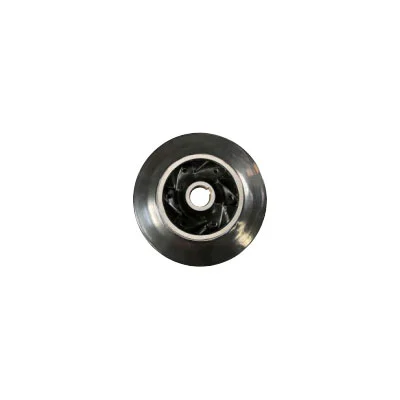
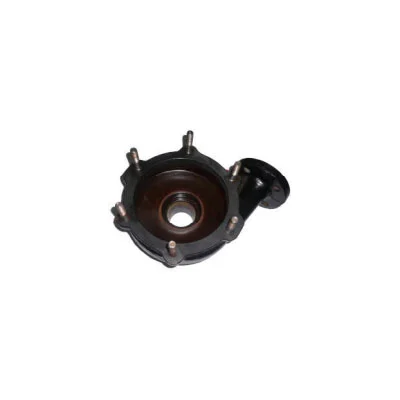
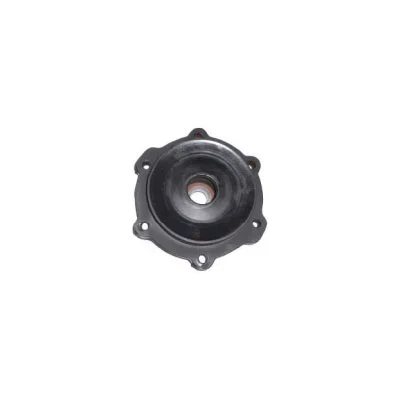
picture of body, cover and impeller of the unpainted pump after test
